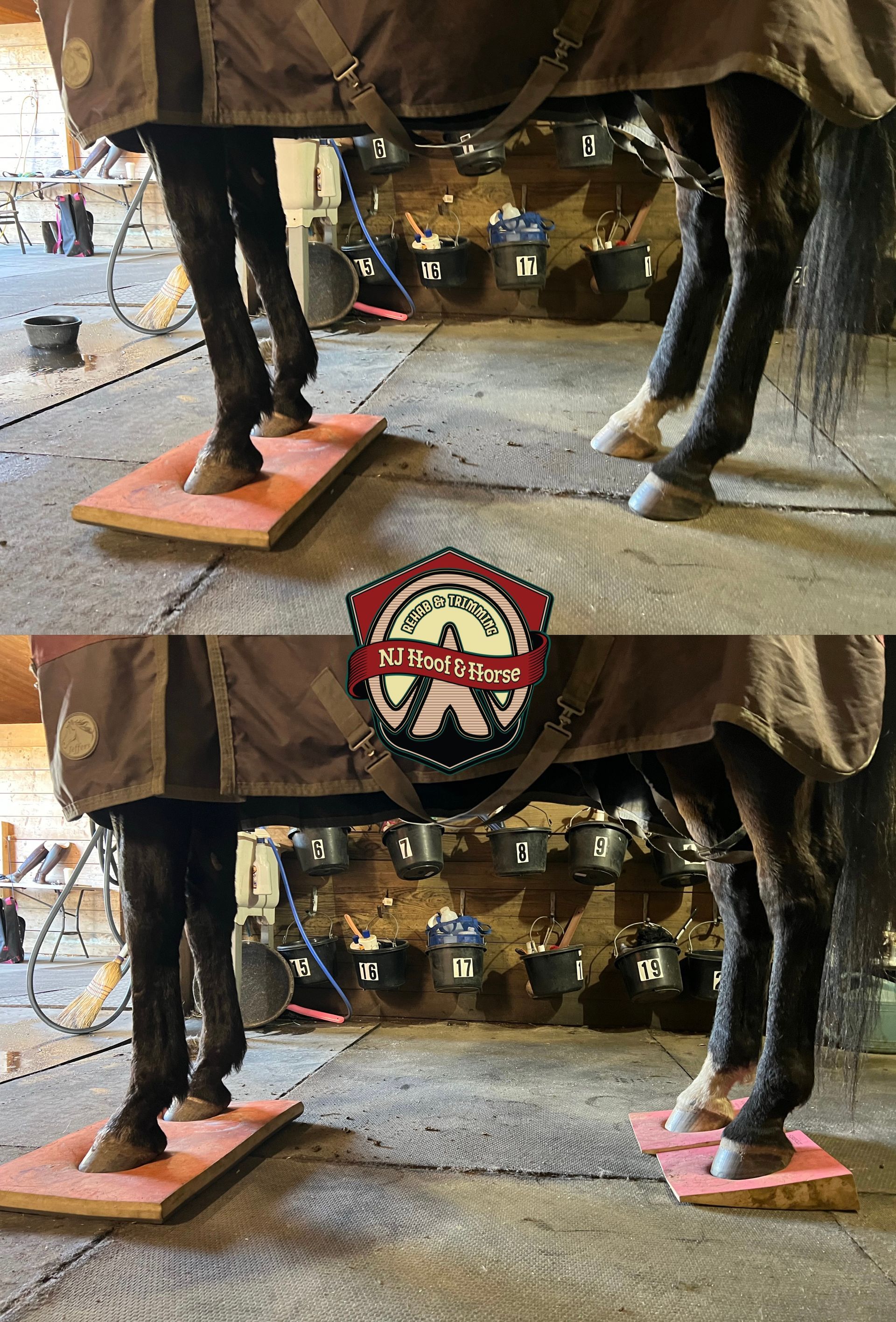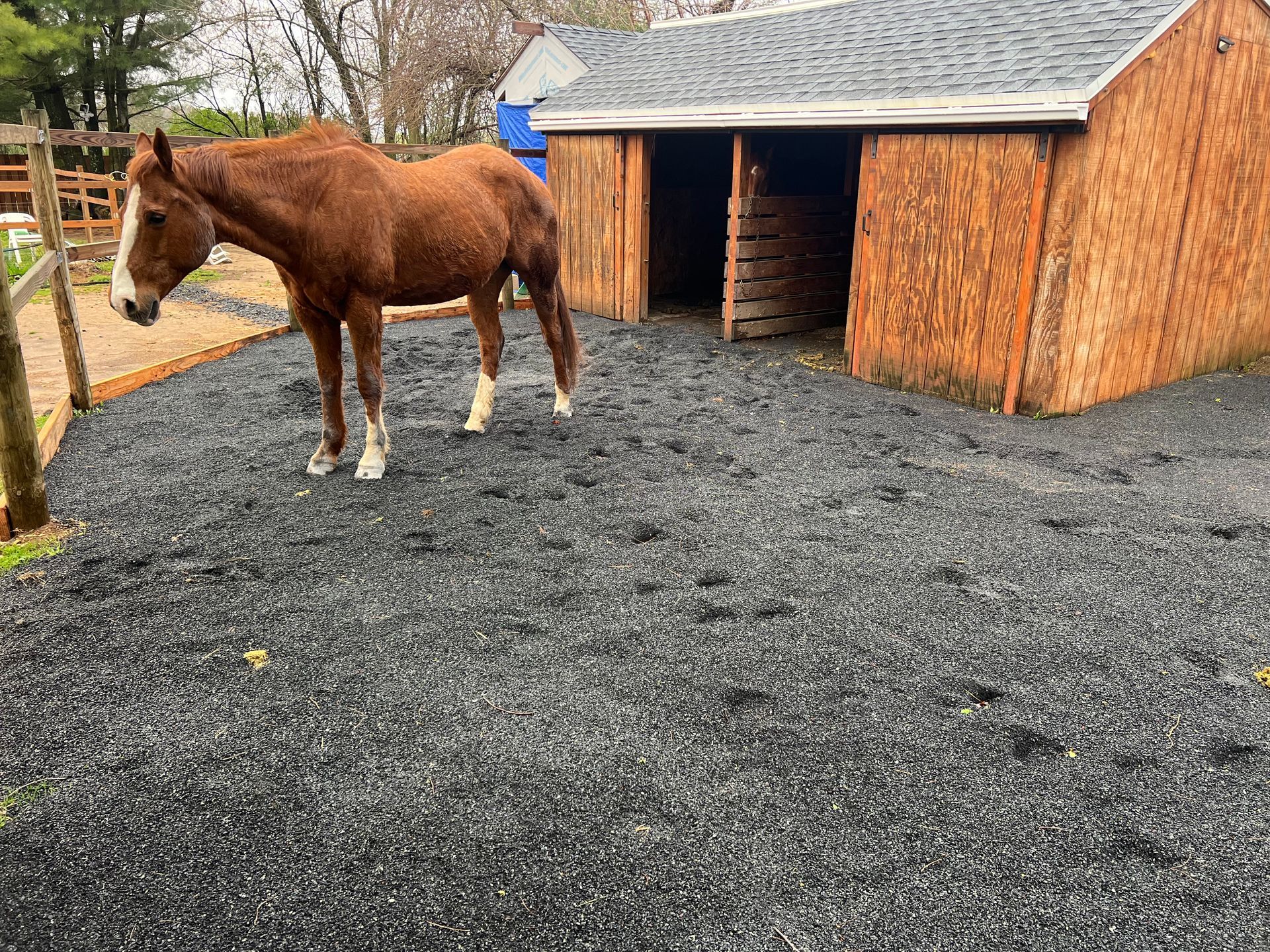Arthritis & Ringbone
One Minute Discussions #26
Discussing Natural Hoof & Horse Care
ARTHRITIS & RINGBONE
Can arthritis/ringbone horses be sound? Many doubt it, but there are ways to improve the life quality and relieve pain in these horses.
It is very important to reduce the leverage on the joint by making the breakover as short as possible. A lot of times composite shoes help with that. Limiting the flexion in the joint can improve soundness. It’s also important to correct the diet so that the horse isn’t overweight. Just imagine how painful it is for obese horses to deal with arthritis with all that extra weight.
I’ve seen a few instances when arthritic horses are ridden every day. Please don’t ride your horse if you’re not managing the problems and if your horse isn’t sound.
Denys A.

